Table of Contents
On May 7, 2025, India launched missile strikes targeting terrorist infrastructure in Pakistan and Pakistan-administered Jammu and Kashmir. This aggressive move followed escalating tensions triggered by a deadly terrorist attack in Pahalgam, India-administered Kashmir, two weeks earlier. The strikes marked one of the most intense flare-ups between the two nuclear-armed neighbors in recent years, introducing new dimensions like drone warfare. After three days of military exchanges, both countries agreed to a ceasefire on May 10, narrowly avoiding a wider conflict. This crisis highlights South Asia’s strategic landscape volatility and the urgent need for sustained diplomatic engagement.
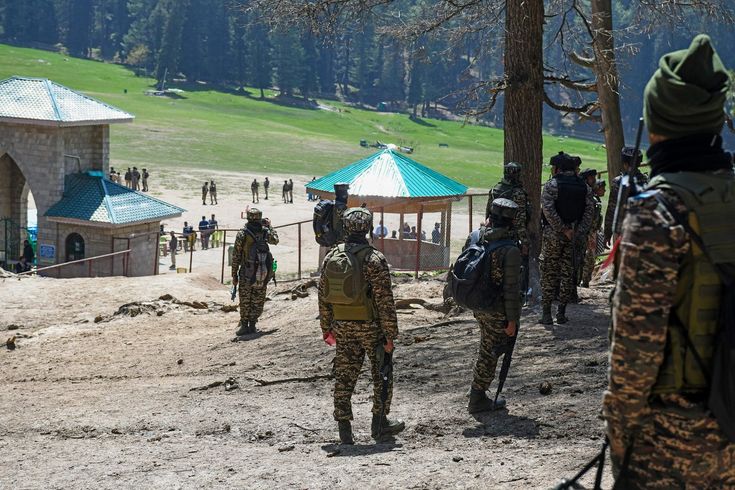
The Pahalgam Terrorist Attack: Catalyst for Conflict
On April 22, 2025, terrorists attacked Pahalgam, killing 25 Indian civilians. This town lies along the Line of Control (LoC), the disputed border dividing Indian- and Pakistan-administered Kashmir since 1972. India swiftly condemned the attack and vowed justice, with Prime Minister Narendra Modi reaffirming India’s resolve against terrorism. Pakistan offered condolences but denied any involvement.
The Resistance Front (TRF), linked to Lashkar-e-Taiba (LeT)—a group designated internationally as a terrorist organization—claimed responsibility. The TRF usually operates alongside LeT and has not conducted large-scale attacks before, underscoring the complexity of militant networks in Kashmir.

Operation Sindoor: India’s Precision Missile Strikes
Two weeks after the attack, India launched “Operation Sindoor,” conducting missile strikes on terrorist camps affiliated with LeT and Jaish-e-Mohammad (JeM) in Pakistan and Pakistan-administered Kashmir. India emphasized that it avoided Pakistani military targets, describing the strikes as “focused, measured, and non-escalatory.” The operation used advanced weapons like SCALP cruise missiles fired by Rafale jets.
Pakistan condemned the strikes as acts of war violating its sovereignty and responded with its missile strikes against Indian targets. The conflict escalated with both sides employing drones in combat for the first time, signaling a new era of technological warfare in the region.
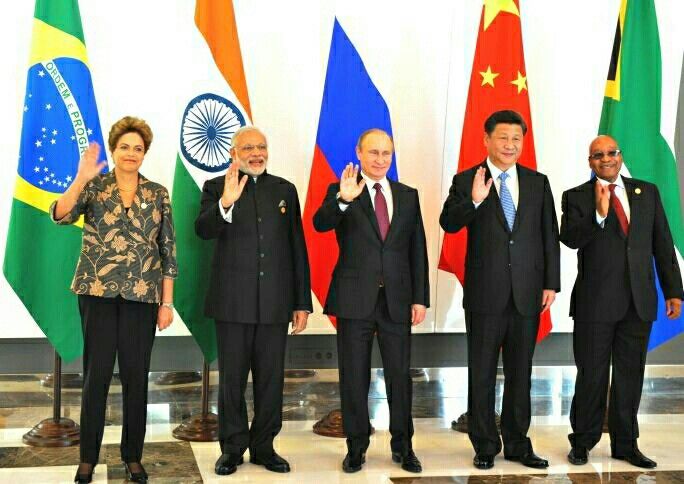
Operation Sindoor: India’s Precision Missile Strikes
India responded by suspending key agreements like the Indus Waters Treaty and downgrading diplomatic relations with Pakistan. Pakistan threatened to suspend the Shimla Agreement, which governs bilateral dispute resolution. Both countries conducted missile tests and military drills amid heightened tensions.
International actors urged restraint: the U.S. supported India’s fight against terrorism but called for peace; Russia condemned terrorism and pushed for de-escalation; China regretted India’s strikes and offered to mediate; Gulf states also sent envoys to ease tensions.
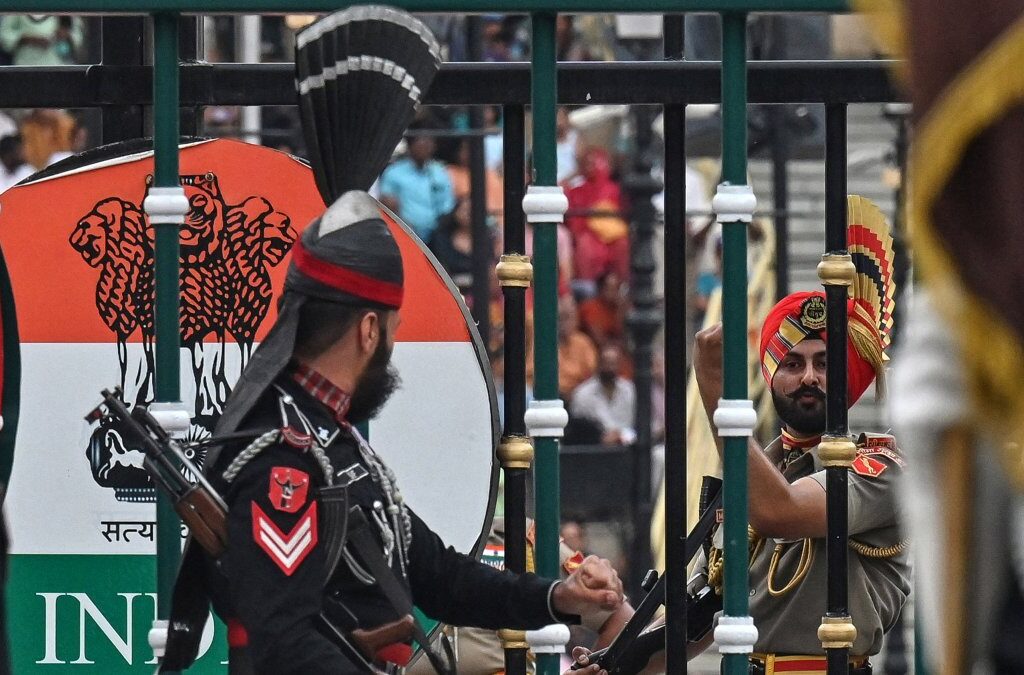
Strategic Implications for South Asia
Four main implications stand out:
- New Era of Drone Warfare: The conflict marked the first aerial drone battle between India and Pakistan, hinting at future military strategies involving advanced technologies.
- Evolving Indian Military Response: India’s broad and intense strikes indicate a shift toward a more aggressive posture against terrorism, rejecting previous restraint and signaling a new “normal” in bilateral tensions.
- Heightened Nuclear Rhetoric: Both countries engaged in threatening nuclear rhetoric amid drought-induced water tensions, complicating an already fragile security environment.
- Third-Party Military Involvement: Reports of Pakistani use of Chinese jets against Indian Rafales and conflicting accounts of aircraft losses highlight the impact of global arms suppliers on regional stability.
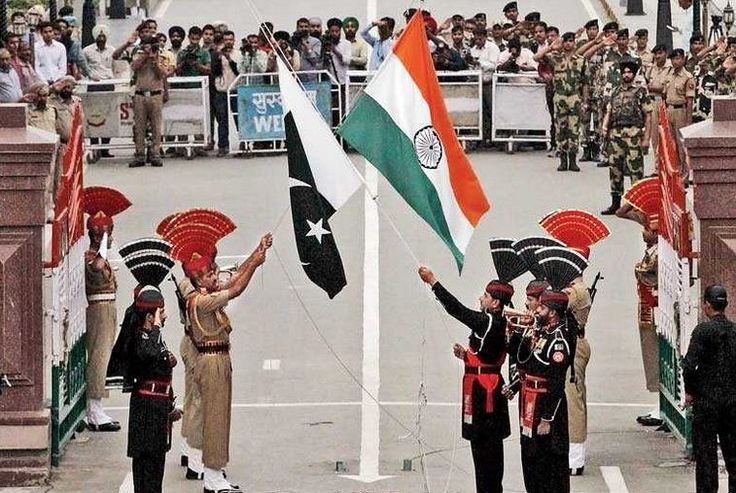
The Ceasefire and Future Confidence-Building Measures
On May 10, India and Pakistan agreed to an immediate ceasefire and planned talks on a range of issues. Though diplomatic channels remain open, trust is limited, and accusations of ceasefire violations persist. The dialogues present a critical opportunity to strengthen confidence-building measures (CBMs), establish communication off-ramps for crises, and prevent future escalations.
Experts recommend formalizing Track 1, 1.5, and 2 diplomacy frameworks involving military and diplomatic officials from both sides. Third-party mediators like the U.S. and Gulf countries play an important role, but lasting peace requires direct and continuous engagement between India and Pakistan.
Conclusion
The recent India-Pakistan crisis demonstrates how quickly tensions can spiral between nuclear powers. It underscores the urgent need for proactive diplomacy, robust communication channels, and innovative conflict resolution mechanisms in South Asia. The ceasefire is a welcome pause, but true stability demands sustained efforts to address the deep-rooted issues fueling this rivalry.
Author Profile
- Syed Tahir Abbas is a Master's student at Southwest University, Chongqing, specializing in international relations and sustainable development. His research focuses on U.S.-China diplomacy, global geopolitics, and the role of education in shaping international policies. Syed has contributed to academic discussions on political dynamics, economic growth, and sustainable energy, aiming to offer fresh insights into global affairs.
Latest entries
 GeopoliticsAugust 23, 2025Previewing the White House Visit of South Korean President Lee Jae Myung
GeopoliticsAugust 23, 2025Previewing the White House Visit of South Korean President Lee Jae Myung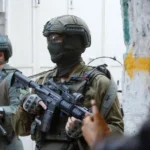 Middle East ConflictJuly 22, 2025Israel’s Deadly Attacks on Gaza: A Dire Humanitarian Crisis and International Calls for a Truce
Middle East ConflictJuly 22, 2025Israel’s Deadly Attacks on Gaza: A Dire Humanitarian Crisis and International Calls for a Truce Middle East & North AfricaJuly 20, 2025Israel Targets Damascus Amid Rising Tensions in Syria
Middle East & North AfricaJuly 20, 2025Israel Targets Damascus Amid Rising Tensions in Syria Middle East AffairsJuly 14, 2025An Open Letter from Gaza’s University Presidents: Resisting Scholasticide Through Education
Middle East AffairsJuly 14, 2025An Open Letter from Gaza’s University Presidents: Resisting Scholasticide Through Education


